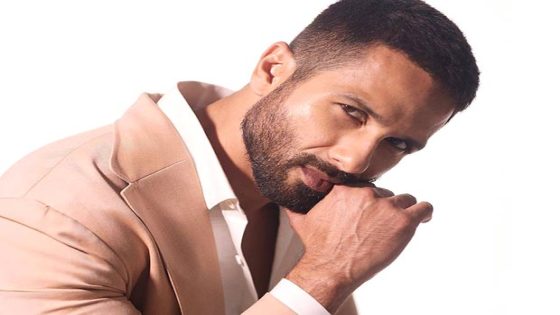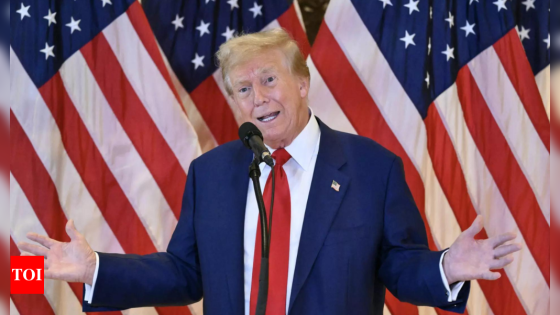Bangladesh’s Prime Minister Sheikh Hasina resigned on Monday, ending 15 years in power as thousands of protesters defied a military curfew and stormed her official residence.
Military chief Gen. Waker-uz-Zaman said in a televised address that Hasina had left the country and that an interim government would be formed.
Local media showed the embattled leader boarding a military helicopter with her sister and reported that it was headed to the eastern Indian state of West Bengal just across the border. Another report said she was headed to India’s northeastern state of Tripura.
Zaman promised the military would stand adown and there would be an investigation into the deadly crackdowns during weeks of anti-government protests. He asked citizens for time to restore peace.
“Keep faith in the military. We will investigate all the killings and punish the responsible,” he said. “I have ordered that no army and police will indulge in any kind of firing.”

“Now, the students’ duty is to stay calm and help us,” he added.
The protests began peacefully in late June, as students sought an end to a quota system for government jobs, but turned violent after clashes between protesters and police, as well as pro-government activists, at Dhaka University.
The government’s attempts to quell demonstrations with force, curfews and internet shutdowns backfired, prompting further outrage as nearly 300 people were killed, leading to demands for the prime minister’s resignation. Hasina, 76, was the longest-serving leader in the history of Bangladesh, a predominantly Muslim nation of over 160 million people.

On Sunday, nearly 100 people were killed as the protesters clashed with security officials and the ruling party activists across the country. Those killed include at least 14 police officers, according to the country’s leading Bengali-language daily newspaper, Prothom Alo. Hundreds more were injured in the violence.
Broadband internet and mobile data services were restored across Bangladesh on Monday, three hours after they were suspended for the second time since the protests turned deadly in July.
The military-imposed curfew went into effect Sunday night and covered Dhaka and other divisional and district headquarters. The government had earlier imposed a curfew with some exceptions in the capital and elsewhere.
Bangladesh’s government has called in the military to end days of violent protest in the capital of Dhaka. Demonstrators are furious over a government policy that earmarks up to 30 per cent of civil service jobs for the descendants of veterans of the 1971 war of independence against Pakistan.
Hasina on Sunday said that protesters who engaged in “sabotage” and destruction were no longer students but criminals.
Her ruling Awami League party said the demand for her resignation showed that the protests have been taken over by the main opposition Bangladesh Nationalist Party and the now-banned Jamaat-e-Islami party.
Hasina was elected for a fourth consecutive term in a January vote that was boycotted by her main opponents, triggering questions over how free and fair the vote was. Thousands of opposition members were jailed in the lead-up to the polls, which the government defended as being democratically held.

Her political opponents have previously accused her of growing increasingly autocratic and called her a threat to the country’s democracy, and many now say the unrest is a result of her authoritarian streak and hunger for control at all costs.
At least 11,000 people have been arrested in recent weeks. The unrest has also resulted in the closure of schools and universities across the country, and authorities at one point imposed a shoot-on-sight curfew.
The protests began last month as students demanded an end to a quota system that reserved 30 per cent of government jobs for the families of veterans who fought in Bangladesh’s war of independence against Pakistan in 1971.

As the violence crested, the country’s Supreme Court ruled that the veterans’ quota must be cut to five per cent, with 93 per cent of jobs to be allocated on merit. The remaining two per cent will be set aside for members of ethnic minorities and transgender and disabled people.
The government accepted the decision, but protesters continued demanding accountability for the violence they blame on the government’s use of force.
Source Agencies




